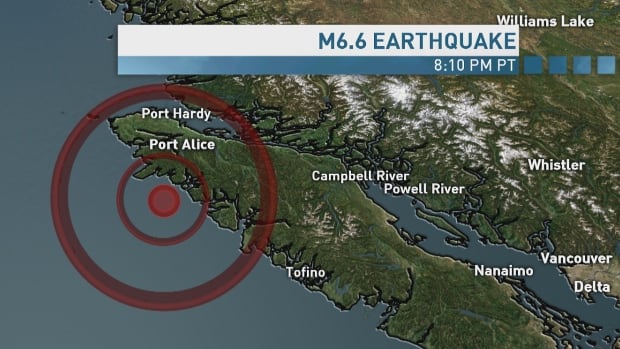Sleeping a little longer each day so that is good news…..today I had arranged to go hiking with my long time friend Inga and the hiking group she attends so I picked her up at 9am and we went to meet the group at Westwood trails…the weather was typical west coast a mix of rain, sun, wind and cool but a good day for a hike.
We were a group of 14 all interesting and nice folks and the hike was getting higher and higher till we reached the other side of the lake and the views were lovely!!

![]()
![]()
Arbutus
A broadleaf evergreen tree, up to 30 metres tall, usually with a crooked or leaning trunk that divides into several twisting upright branches and an irregularly rounded crown.
Leaves
Dark and glossy but pale underneath, 7 to 12 centimetres long, thick, with a leathery texture.
Flowers
Dense clusters of urn-shaped white, waxy flowers drooping at the ends of twigs in April or May.
Fruit
The fruit is berry-like, 7 millimetres across, and bright reddish-orange, with a peel-like surface texture.
Bark
The bark is thin, smooth, and reddish-brown, peeling in thin flakes or strips to expose younger, smooth, greenish to cinnamon-red bark underneath.
Where to find arbutus
Arbutus is restricted to a narrow band along the south coast and generally occurs within 8 kilometres of the ocean. It is often found on exposed rocky bluffs overlooking the ocean.
Habitat
Arbutus is found on sites that lack moisture, such as those with rocky or rapidly drained soils. Because it does not like shade, it generally occurs in clearings or on open rocky bluffs with other species such as Garry oak or Douglas-fir, oceanspray, Oregon-grape, baldhip rose, and several herbs and grasses.
The flowers have a strong honey smell and are very attractive to bees. Fruit-eating birds such as waxwings and robins frequently eat the berries.
Uses
Arbutus bark is very rich in a substance used for tanning hides. The wood is heavy and hard, tends to be brittle, and cracks when drying. It is used only for woodworking in British Columbia.
Notes
Arbutus is the only native broadleaf evergreen tree in Canada. Another common name is madrone, a Spanish word for the strawberry tree, of which arbutus is a close relative. The Scottish botanist Archibald Menzies first collected specimens in 1792 and described it as the oriental strawberry tree.
A cool tree for sure.
It started to rain pretty hard at one point and a good time to test my back pack cover and my poncho and both worked really well
If there are any comments on how silly I look you will of course get a week blog ban!!!!
It was a nice morning and the hike was 12 km….. and then the group went to a local pub..thanks for lunch Inga!!!
I then did some shopping and a certain woman in my life who will remain nameless(Linda) has been pestering me to get a hat to wear on the Camino and I have been looking and I think I found the right one today…it is actually a gardening hat, like I am going to take up gardening!!! But it is light and as I have never worn a hat this will be a test for me.
These two photos I just like they were taken from my bedroom…
So whilst we were watching hockey Eddie called and said did you feel the earthquake…we hadn’t but when we looked at the lamps in the house they were swinging a little!!!!

Map shows the location of the 6.6 magnitude earthquake that struck Wednesday 40 kms southwest of Port Alice at a depth of 22 kms. The earthquake was initially reported at 6.7 magnitude, but the USGS National Earthquake Information Centre later changed the scale of the quake to 6.6. (CBC)
A 6.6 magnitude earthquake struck Wednesday night shortly aftter 8 p.m. PT. The epicentre was located 40 kilometres southwest of Port Alice at a depth of 22 kilometres, according to the Pacific Tsunami Information Centre.
The earthquake was initially reported at 6.7 magnitude, but the USGS National Earthquake Information Centre later changed the scale of the quake to 6.6.
Although the earthquake was powerful enough to generate a local tsunami, the risk of one was quickly ruled out.
In Port Hardy, about 89 kilometres northeast of the earthquake's epicentre, Deputy Fire Chief Brent Borg said there happened to be a meeting at the fire hall when the earthquake struck.
U.S. Geological Survey shake map shows the area of shaking in yellow surrounding the quake's epicentre. (USGS)
"And the windows started rattling, the walls started rattling and one of the lieutenants says, 'Did we just have an earthquake?'" he told CBC News.
Borg said one of the local firefighters phoned in to say he had some pictures rattle off his mantle. He said no local warnings were issued, and firefighters did not have to respond to any emergencies.
"It was a pretty minor shake. It was less than 10 seconds."
People from as far away as Kelowna, B.C., nearly a thousand kilometres to the east, reported feeling something and within an hour of the quake more than 400 people also reported feeling it to the U.S. Geological Survey.
In downtown Vancouver some residents in high rises said they felt their building sway. Others in homes reported swinging chandeliers.
There were no initial reports of damage or injury.
The earthquake was followed by two aftershocks, one of magnitude 5 and a smaller one at magnitude 4.
The USGS says aftershocks of this size are normal for a quake of this magnitude.
Always something happening on the Bank.
Stay tuned for tomorrow and see what I have planned!!!!!!!!!!!!!!!!!
Yashi Kochi!!













2 comments:
Lesito, the hat looks great! Linda will be smiling, I'm sure!
never mind the hat what about the stud inside the hat..are you home yet!!! Blessings les
Post a Comment